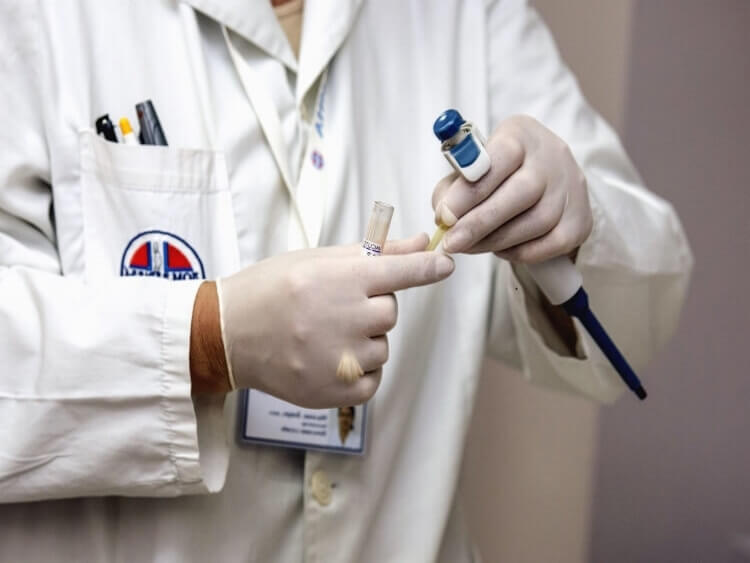3h
Rat GRIN1(Glutamate Receptor, Ionotropic, N-Methyl-D-Aspartate 1) ELISA Kit
Rat GRIN1(Glutamate Receptor, Ionotropic, N-Methyl-D-Aspartate 1) ELISA Kit
100ng/mL
Sandwich
0.58ng/mL
1.56-100ng/mL
Neuro science;
Rattus norvegicus
ELISA Enzyme-linked immunosorbent assays Code 90320007 SNOMED
NMDA1; NMDAR1; NR1; Glutamate [NMDA] receptor subunit zeta-1; N-methyl-D-aspartate receptor subunit NR1
E05 478 566 350 170 or Enzyme-Linked Immunosorbent Assays,E05 478 566 350 170 or Enzyme-Linked Immunosorbent Assays
Rats are used to make rat monoclonal anti mouse antibodies. There are less rat- than mouse clones however. Rats genes from rodents of the genus Rattus norvegicus are often studied in vivo as a model of human genes in Sprague-Dawley or Wistar rats.
The test principle applied in this kit is Sandwich enzyme immunoassay. The microtiter plate provided in this kit has been pre-coated with an antibody specific to Glutamate Receptor, Ionotropic, N-Methyl-D-Aspartate 1 (GRIN1). Standards or samples are then added to the appropriate microtiter plate wells with a biotin-conjugated antibody specific to Glutamate Receptor, Ionotropic, N-Methyl-D-Aspartate 1 (GRIN1). Next, Avidin conjugated to Horseradish Peroxidase (HRP) is added to each microplate well and incubated. After TMB substrate solution is added, only those wells that contain Glutamate Receptor, Ionotropic, N-Methyl-D-Aspartate 1 (GRIN1), biotin-conjugated antibody and enzyme-conjugated Avidin will exhibit a change in color. The enzyme-substrate reaction is terminated by the addition of sulphuric acid solution and the color change is measured spectrophotometrically at a wavelength of 450nm ± 10nm. The concentration of Glutamate Receptor, Ionotropic, N-Methyl-D-Aspartate 1 (GRIN1) in the samples is then determined by comparing the O.D. of the samples to the standard curve.
A methyl group is an alkyl derived from methane, containing one carbon atom bonded to three hydrogen atoms — CH3. In formulas, the group is often abbreviated Me. Such hydrocarbon groups occur in many organic compounds. It is a very stable group in most molecules. While the methyl group is usually part of a larger molecule, it can be found on its own in any of three forms anion, cation or radical. The anion has eight valence electrons, the radical seven and the cation six. All three forms are highly reactive and rarely observed,The receptors are ligand binding factors of type 1, 2 or 3 and protein-molecules that receive chemical-signals from outside a cell. When such chemical-signals couple or bind to a receptor, they cause some form of cellular/tissue-response, e.g. a change in the electrical-activity of a cell. In this sense, am olfactory receptor is a protein-molecule that recognizes and responds to endogenous-chemical signals, chemokinesor cytokines e.g. an acetylcholine-receptor recognizes and responds to its endogenous-ligand, acetylcholine. However, sometimes in pharmacology, the term is also used to include other proteins that are drug-targets, such as enzymes, transporters and ion-channels.
